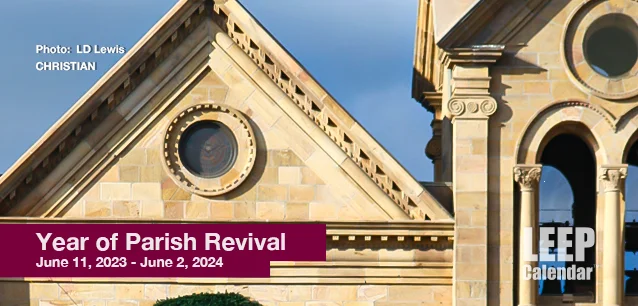 AD
AD
Today is: November 05
Scroll to explore events active on this date.
Additional Events on LEEP
LEEP INK FEATURES

August is Appropos
A toddler playing in the fountain at a park in Santa Fe, New Mexico—Photo LD Lewis. In August, we live through the Dog Days of Summer. It's hot and often humid, and those ...

September is Sassy
Can you hear that sigh of relief from parents worldwide? Yes! September marks the return of students to school, a global phenomenon. Preparations for the ACT and SATs begin earnestly for ...

OOH LA LA, October
October is the busiest month for events, with 5% more happening than in May, the second most eventful month. Sailing enthusiasts will be glued to the finals of this year's Am...
About Saint Joan of Arc Feast Day
Women , Military
Ends: May 30, 2025
DESCRIPTION:
Joan of Arc was a teenage girl who led a French army against the English, who were invading. She is said to have visions from God and thus inspired an entire army of men to follow, not just a woman, but a young girl into battle. She was captured, tried for heresy, and burned alive in 1431. In 1456, she was proclaimed innocent, and in 1920, she was canonized as a saint.
Her feast day falls on the anniversary of her death, May 30, 1431. She was only nineteen.
WHY SO MANY FEAST DAYS?
Have you ever noticed that there seem to be feast days for just about everything in the Catholic and Orthodox Christian faiths? There is a reason for that. The church granted feast days to allow all subjects of the Crown to take a day off. As most worked six days a week, feast days provided a break that landowners and nobility couldn't deny. If they tried, they were going against the church, and that you did not do.
In medieval times, there were approximately 60 feast days a year. Add this to 52 Sundays, Christmas, and Easter, and workers received a minimum of 114 days off a year. Contrast that to today. The average American gets 104 weekend days and seven national holidays off work. That's three days less than the commoners of the Dark Ages, just in case you're feeling a little overworked.
VIDEOS
Currently, this event does not have supporting videos.
SUPPORTING DOCUMENTS
Currently, this event does not have supporting documents.
ADDITIONAL IMAGES
Currently, this event does not have supporting images.
Where would you like to go now?
 AD
AD


































































/footer-logo.svg)
